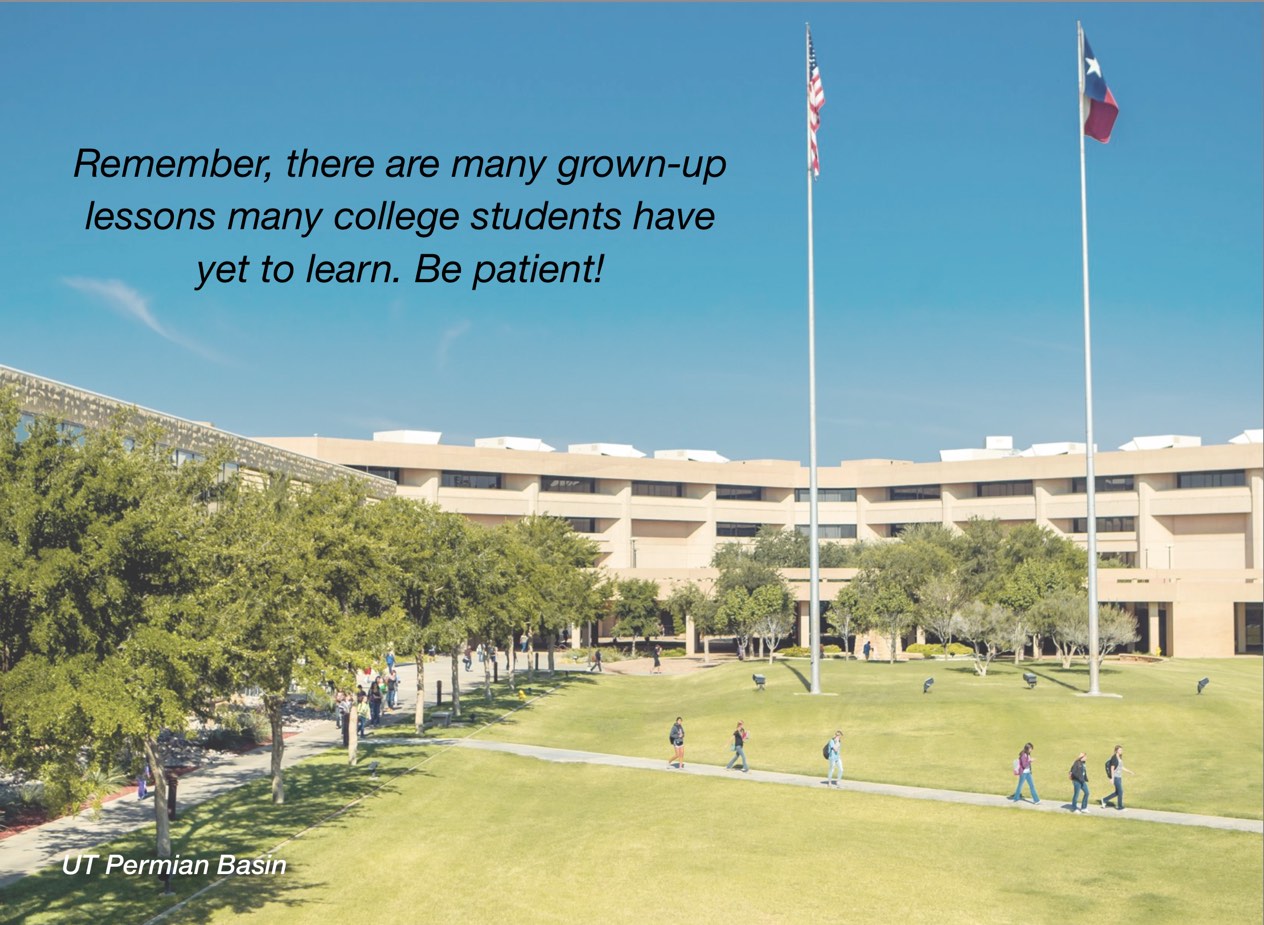28 Buy a Green Pen


John Daly
We all know feedback is valuable. It helps people discover their weaknesses, understand what it takes to bolster their performance, and recognize excellence. As a general rule, the more frequent the feedback, the better people perform. Think about feedback with regard to sailing a boat. If you get off course while sailing, but you are able to quickly adjust because of feedback from your GPS, you’ll reach your destination. If you don’t get enough feedback, however, you’ll get further and further off course.
I like to think there are two kinds of feedback. Reinforcing feedback tells you that you are on course. Redirecting feedback tells you that you’re off-course. You may have played the hot and cold game as a child. Someone is blindfolded and spun around a few times. Then the person would set off in search of some object in the room. As she got closer to the object, people would say, “You’re getting warmer, you are really warm.” When she wandered astray, people would say, “You’re getting cold, getting colder; you’re in the Arctic.” The former feedback was reinforcing; the latter, redirecting. When conceptualized this way, all feedback is good. The aim of both kinds is to help you find your way more quickly. (Think about it this way: when you drive through West Texas, any sign, even one that tells you you’re heading the wrong way, is treasured.)
Both types of feedback have two components. One component is evaluative; the other is diagnostic. Evaluative feedback is the good-bad dimension. Diagnostic helps you understand the reasoning behind the evaluative feedback. The typical teaching assessment students complete at the end of a semester will ask, “Do you like the teacher?” and “Do you like the course?” These are evaluative items. They ask people to judge how good or bad the course or teacher was. The teaching assessment may also include a number of more diagnostic items, for example, “How accessible is the teacher?” or “Are lectures well organized?” or “Is technology suitable to the class?”
Which component is more helpful? For me, as a teacher, it is the diagnostic. Whether I get good or bad evaluations, I want to know why I got them. Diagnostic feedback helps me understand the evaluative reactions of students.
Now imagine a two-by-two matrix. One dimension contains the reinforcing and redirecting types of feedback; the other has the evaluative and diagnostic components. When combined, there are four cells. Now look over your recent assessments of students’ work. If you’re like many teachers, you’ll find that when you provide students redirecting feedback, you offer both evaluative and diagnostic feedback, such as, “Here is what you did wrong and let me tell you how to fix it,” or “That’s not exactly what the author meant. What she really meant was . . .” You use a red pen to bleed all over the presentation, paper, or exam, helping the student understand his mistakes. But when you give students reinforcing feedback, you probably offer only evaluative feedback, for example, “Great job!” or “Astute observation,” or “Nice presentation!” Notice that there is no diagnostic feedback.
And that’s what I want to suggest you do to improve your teaching. Go out this weekend and buy a proverbial green pen. Then, the next time you are evaluating students’ performances, make sure there are as many green comments as there are red. You should be able to describe what students did and why you liked it as thoroughly as what you felt needed improvement in their work.


Chapter 22 Commentary: Beth Brunk-Chavez
“Everyone understands the importance of feedback. Whether students are conducting a lab experiment, practicing an instrument, or developing a web page, they need someone to help them understand when they are on track – what John Daly labels reinforcing feedback – or when they are missing the mark – what John calls redirecting feedback.
Sometimes, teachers lament the challenge of getting students to understand feedback and then use it productively….if they even read it at all. This concern suggests that the way we give feedback is just fine; it’s the students’ reception of it that’s the problem. But, what if we are wrong? What if we put the responsibility on us to make the feedback more effective for the student? And, what if, instead of just sending our comments back, we work with students on understanding and using it productively?
There are many high- and low-tech ways to provide students with our feedback: audio files, videos, post-it notes, and so on. However, no matter how the feedback is delivered, engaging students in a conversation about it is the best thing we can do. Give students a moment to process it, write about it, and plan what they will do next (or next time). Then, perhaps, rather than providing feedback to justify a grade, students can use it more productively as “feedforward.”"

